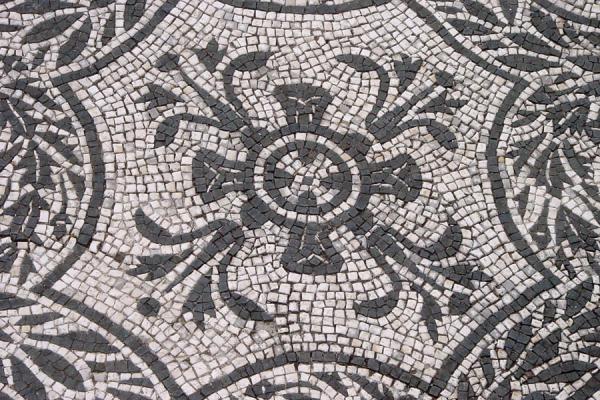In about 200 B.C. the Romans conquered Greece and began to imitate their art style. During their conquest in Greece, they looted town and brought the art home. They also brought sculptors home to serve as slaves. The first Roman statues were created in the Roman Republic. Another type of Roman art was painting on plaster. These paintings were painted on a wall, that was made up of three layers of plaster and three layers of a special coating. The colors were applied when the plaster was still wet. This made the amazing paintings to last for the ages to come. The Romans also painted on canvas. These paintings were often of famous battles. They were put in temples or public buildings. Unfortunately none of these paintings have withstood time.

"By the time of the empire, there was a great demand for scullptures to honor the emperor and other important people. The sculptures were put up in public quares, halls, and temples, and some were even placed on top of columns. The idea was to show the power of the empire. Many statues were made of the first emperor, Augustus, and most made him look like a young hero." (Morris 7)

Art was often in the houses of the uper class Romans. They would have beautiful floors covered with mosacis. Mosacis are pictures made with thousands of tiny tiles. There would also be paintings on their walls. (Minnis 19)
Another type of Rome art is architecture. One example is the Triumphal Arch of Tibias. It was made of many different types of archs and columns. The triumphal arch used relief sculpture and inscription to carry its historic and commemorative messages. The Romans also built the Colosseum and the Pantheon. The Colosseum was originally four stories high. It had a total spectator capacity of 45,000-55,000. The Amphitheater is built of travertine outside, and of tufa and brick in the interior. The main pedestals were built of marble blocks. This shows how artistic the Romans were.

The art of Rome in the first and second centuries mainly continued to imitate the traditional styles of Greek art. In the third century, however, many new ideas were established in Roman art. The first new style in Roman art was the taste for bloodshed in art. This was a result of the wars with the Germans in the north. One example is the column of Marcus Aurelius. In it there were many senes of violence and bloodshed. Second, there was an increasing use of the drill, rather than the chisel. Even thou it was easier and faster, it gave the art a different look. The third way in which Rome art changed is the new concern for the soul. This was because there were more and more Christians in the Roman Empire. In art, this shows up as a lot of emphasis on the eyes, which were thought to be the windows to the soul, often with the eyes looking upward to heaven, or toward the gods.
As Rome expanded it took its art with it. It was excepted by many different peoples and its influence and heritage survives in all branches of the arts today.
Minnis, Ivan. You Are in Ancient Rome, Raintree, Inc.; Chicago, Illinois, 2005.
Morris, Ting. Arts and Crafts of Ancient Rome. Smart Apple Media; North Man kato, 2007.
1 comment:
5,5,5,5,5,7
Post a Comment